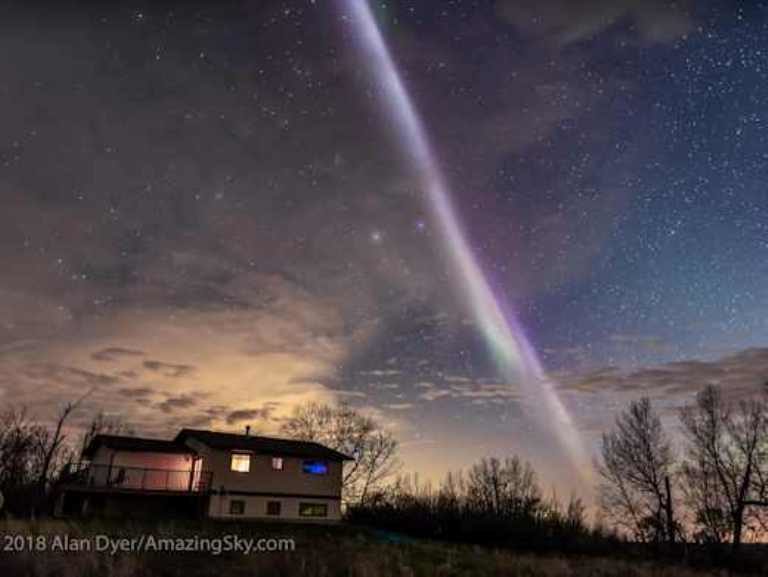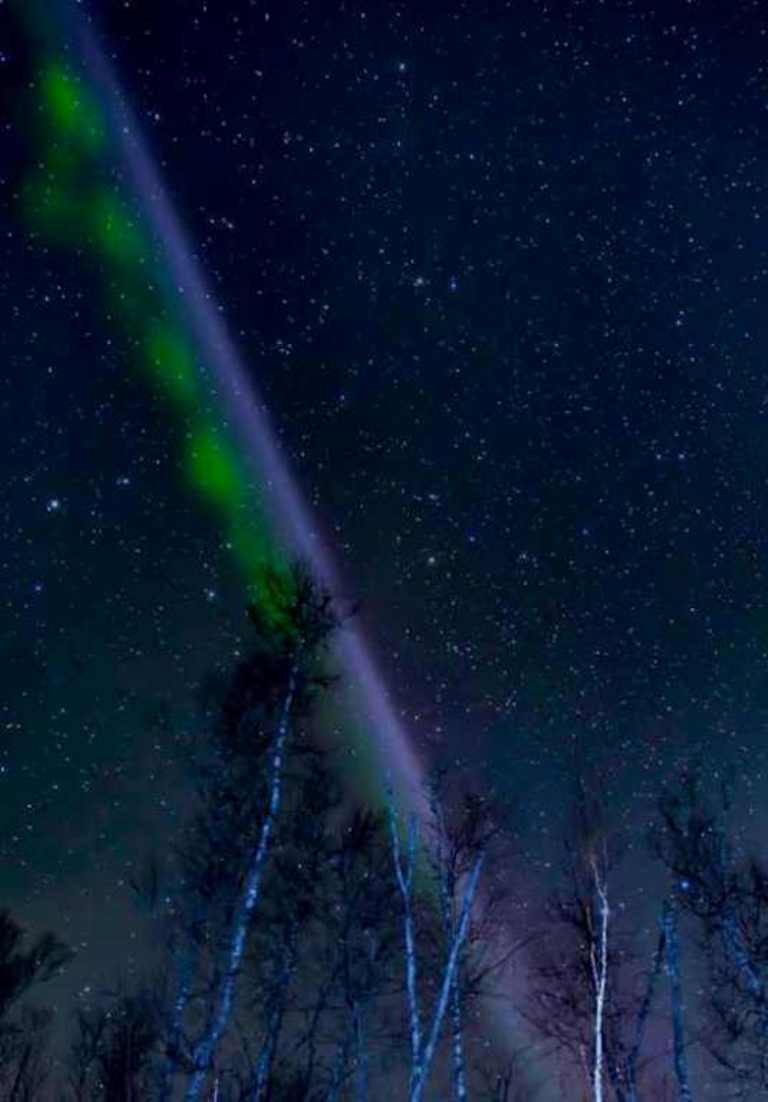OF THE
TIMES
Is there some new sub-human species emerging on this planet? Perhaps the animals such 'human'-animals annihilate will be replaced by these same...
"prolong the agony" Yep.
"The progressive liberal world spirit has failed. It gave the world war, chaos, unrest and destroyed economies." Can't argue with that. But I...
"Israel claims Rafah is Hamas ' final stronghold," Has Israel not claimed that every place has Hamas hiding in it?
Taiwan is still bumping like crazy though today.
To submit an article for publication, see our Submission Guidelines
Reader comments do not necessarily reflect the views of the volunteers, editors, and directors of SOTT.net or the Quantum Future Group.
Some icons on this site were created by: Afterglow, Aha-Soft, AntialiasFactory, artdesigner.lv, Artura, DailyOverview, Everaldo, GraphicsFuel, IconFactory, Iconka, IconShock, Icons-Land, i-love-icons, KDE-look.org, Klukeart, mugenb16, Map Icons Collection, PetshopBoxStudio, VisualPharm, wbeiruti, WebIconset
Powered by PikaJS 🐁 and In·Site
Original content © 2002-2024 by Sott.net/Signs of the Times. See: FAIR USE NOTICE


Comment: Sightings of STEVE and other atmospheric events appear to be increasing. See also:
- Plasma event? 'Crazy sky phenomena' filmed in Raytown, Missouri
- Rare video of aurora phenomenon "Steve" - formally discovered in 2017
- Rare green flash sunset photographed flickering into even rarer blue in Norway
- Citizen scientists help NASA find out more about an aurora named Steve
- New atmospheric phenomenon discovered by SWARM satellites
- Incredible aurora phenomenon captured over Washington and Alberta
- 'Strange' Arctic rainbow and red 'summer' sprites in winter - rare atmospheric events on the increase
- Sunlight drips through clouds and strange arc of dotted light spotted in sky at Missouri River (PHOTOS)
Electric universe theory provides rational, intelligible explanations for such atmospheric phenomena as ball lightning, plasma discharges, noctilucent clouds, lightning, hurricanes and tornadoes. For more information on this and much more read, Earth Changes and the Human-Cosmic Connection by Pierre Lescaudron and Laura Knight-Jadczyk.